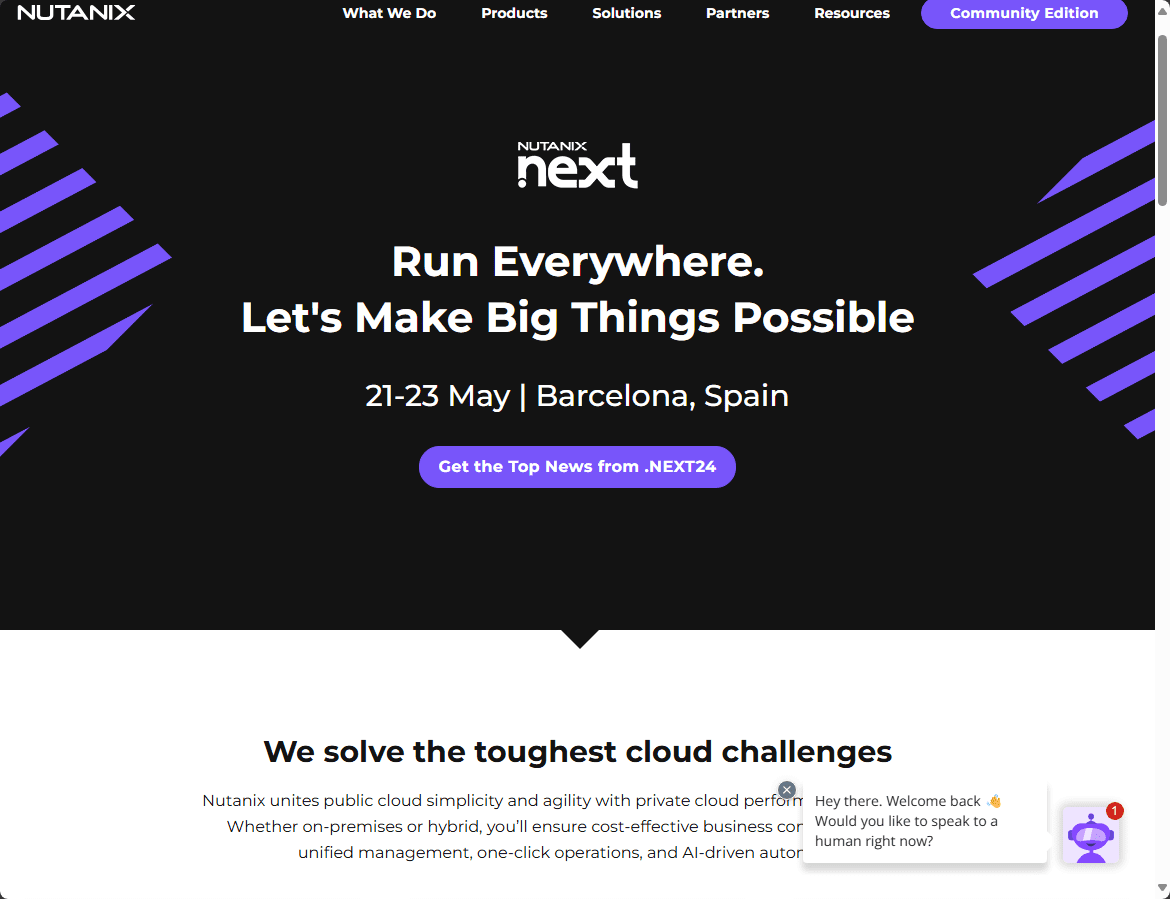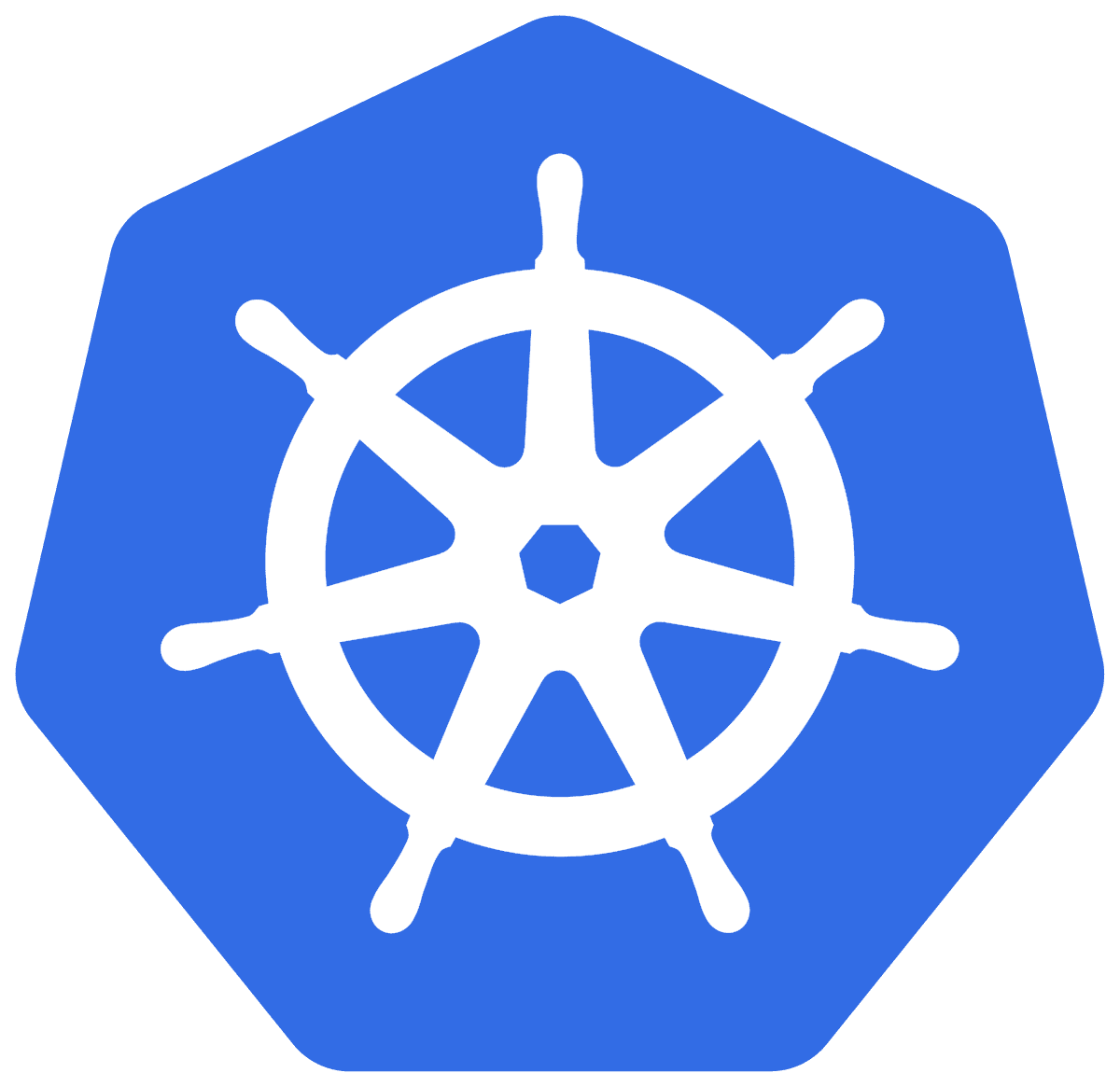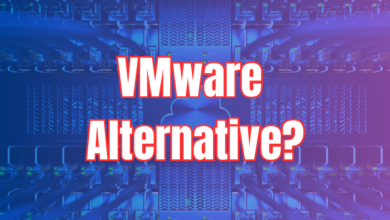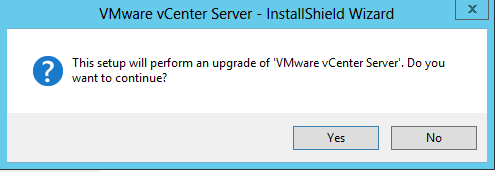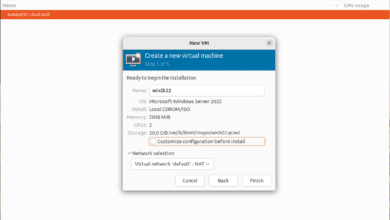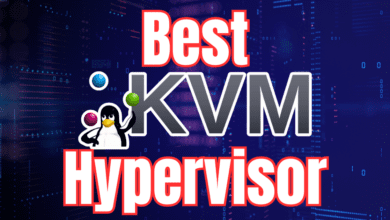Top 3 Technologies You Need to Learn NOW
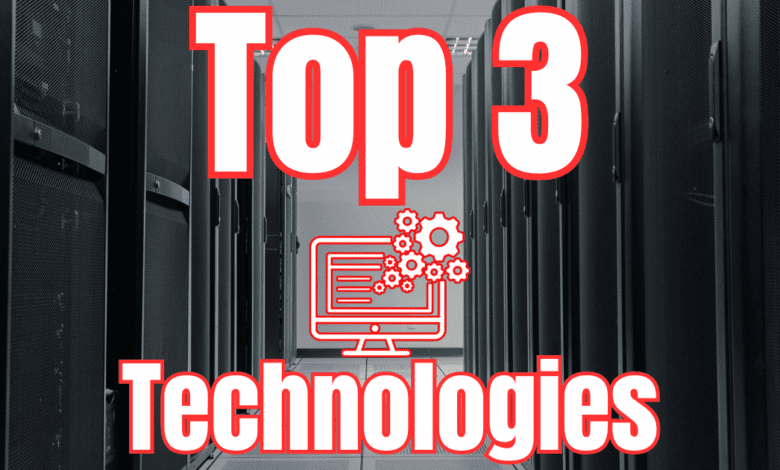
In thinking about the state of infrastructure in 2024, there have been so many changes in the technology landscape. The finalizing of the Broadcom purchase of VMware has ushered in a new era of uncertainty and many organizations are looking at alternatives and are starting to pursue some of those. With the tumultuous landscape at hand, there are three technologies I think you need to learn in 2024 in looking at what may be ahead for organizations and many of us professionally. Let’s dive into the top 3 technologies you need to learn right now.
Table of contents
1. Nutanix
No matter what your personal feelings about VMware are at this point and there are many who feel very strongly about the technology. I am one of them. I love VMware solutions and I honestly think it is the top hypervisor out there. However, with that being said, there is a major shift by organizations the world over to Nutanix.
Computershare is an Australian organization that provides financial products and investor services to stock exchanges. It was heavily invested in VMware products and services. However, it was served a bill that was 10-15 time higher than previously agreed on. Now, it has decided to go all-in on Nutanix, and is dumping VMware.
It is this kind of shock and awe among organizations that is changing the tide from VMware over to Nutanix. I think it also shows that Broadcom’s bet that major corporations with thousands of virtual machines will tolerate the price hike simply because it is too hard to migrate away from VMware may not pan out as they expected.
If Computershare can migrate thousands of VMs, it is likely that many others will be able to and tackle the project as well to save on 10-15 times the bill moving forward. Nutanix is laughing all the way to the bank and will likely be right on into 2025.
With this background out of the way to set the stage for the first technology that I think you need to learn, it is Nutanix. Nutanix is set to richly benefit from the debacle that is Broadcom and how they are running VMware into the ground. I hate it, because again, I think it is the best and there are so many brilliant folks with VMware. However, at the end of the day, cost matters.
If SMBs and even large organizations are moving away from VMware, the most comfortable option is Nutanix. Yes, there are open-source solutions out there like XCP-ng and Proxmox. However, Nutanix has the enterprise polish and feel that I think most will be looking for, if they are currently used to VMware in their enterprise data center.
Recommendations
Sign up and download Nutanix Community Edition and start playing around with Nutanix in your home lab. It is totally free and there aren’t really any strings attached that are relevant to what I think most will be running in their home lab.
Installing and getting to know Nutanix Community Edition is a great way to become familiar with the core building blocks of the Nutanix ecosystem, including Nutanix AHV, Prism, and other solutions like the Nutanix Move utility..
Check out my blog post here: Nutanix Community Edition for Home Lab.
Also, check out my YouTube video covering Nutanix Community Edition and installing this in your home lab.
2. Docker
Egged on by the major rifts in the industry, again pointing to the VMware shake up, many organizations are also looking hard and heavy at accelerating their journey to cloud workloads. Cloud doesn’t make sense for fat virtual machines. It never really has. If you need to run full virtual machines, self-hosting these on-premises is the most cost-effective.

However, if applications are modernized and containerized, these can be efficiently hosted in the cloud without the high costs of running full virtual machines as servers. As enterprise organizations will inevitably be looking to accelerate their modernization, they will be looking at containerization.
Get started learning Docker NOW, if you haven’t already. When I say learn Docker, I mean get familiar with running containers instead of virtual machines. Understand how to create and make use of containers, container storage, and the basics of getting traffic into your containers, network proxies, SSL certs, etc.
You will be surprised at how much you will learn by taking on the project to containerize your self-hosted services in your home lab environment. Once you get started working with containers, you will be hooked and most likely will want to run a container for an application over a VM any day. It is just so much easier when it comes to all the prerequisites and environmental complexities that come with running apps in virtual machines.
Check out my Docker posts here: Containers.
3. Kubernetes and or cloud orchestration platforms
Kubernetes is the de facto standard for orchestrating containers, period. While other platforms like Hashicorp (IBM) Nomad are gaining traction, Kubernetes is still the solution that is trusted everywhere at this point. Learning Kubernetes is a great way to gain working knowledge and experience with it.
Installing Kubernetes in a home lab environment using Microk8s or some other variety of Kubernetes like Talos (which is great, by the way) can be an eye-opener to what the technology can do.
However, it is also extremely valuable at this point to learn other platforms like Amazon ECS or Azure Kubernetes service. Many are choosing to let the cloud vendors host the infrastructure that backs the orchestration, and then they only have to worry about their applications.
To get started using these services, sign up for a free Amazon AWS or Microsoft Azure account.
Learn more about Kubernetes here: You searched for kubernetes.
Next steps
The very next step to take is build a home lab if you haven’t already. This can be done using a simple mini PC and throwing a hypervisor on top of it. It has never been easier to have a way to self-host services, virtual machines, and containers than it is today.
Read my post here: Best Server for Home Lab is Changing in 2024.
Wrapping up
There is definitely a shift across so many fronts today. Technology is changing at a rapid pace, thanks to AI and other developments like the Broadcom acquisition of VMware. I think we will see a huge shift in the enterprise over to Nutanix.
Also, many orgs will be pushing to get to the cloud like never before. Learning the technologies mentioned and really anything else that is relevant and you are interested in, is never a bad thing. Let me know in the comments what you are currently learning and if you have recommendations outside of the top 3 technologies I have listed here.


